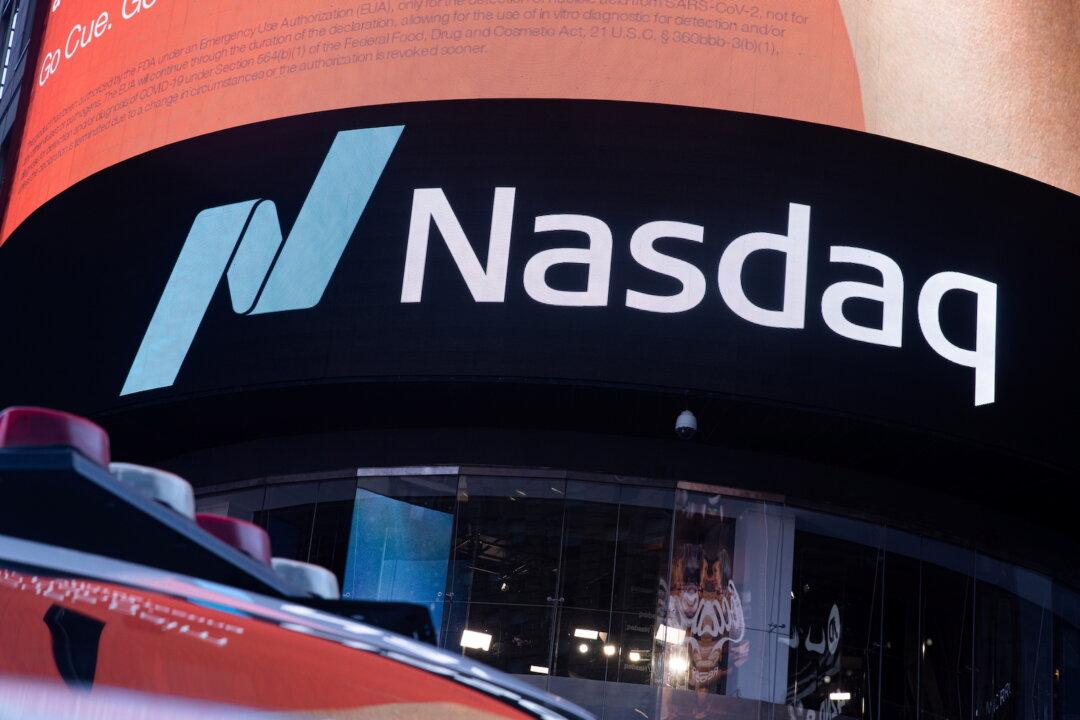Commentary
It’s always risky to one’s reputation to call a market top, but given recent developments, I will step up to take the seat of Dionysius and be under Damocles’ sword. In my view, if we are not at a market top, we are at least most certainly in a “risk off” environment.





